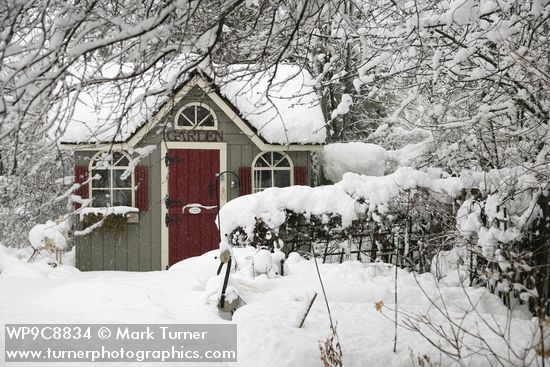Depth of Field Bracketing
Photographers often bracket exposures, shooting what the meter says and then a little overexposed and a little underexposed to make sure they get one that is perfect. It’s just as important with digital as with film as digital sensors are prone to blowing out overexposed highlights and shadows can get noisy. But there’s another bracketing technique that I also find useful.
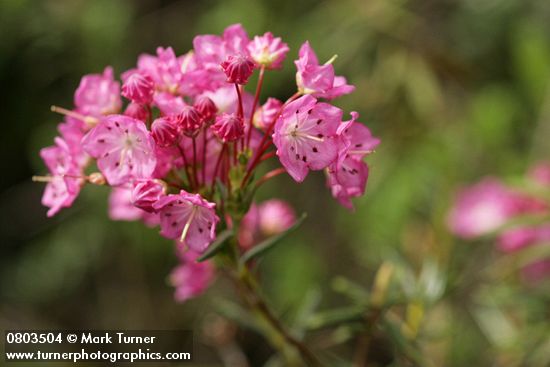
I photographed these Bog Laurel, Kalmia microphylla, blossoms yesterday afternoon at Burns Bog in Delta, British Columbia. I like to separate the main subject from the background, and one of the effective ways to do that is to that is to shoot at a relatively wide aperture to the plane of focus from front to back is shallow. The background goes soft. In the photo above I used f/5 with my 100mm macro lens. I like the soft background, but only the buds and the blossom on the right are truly sharp.
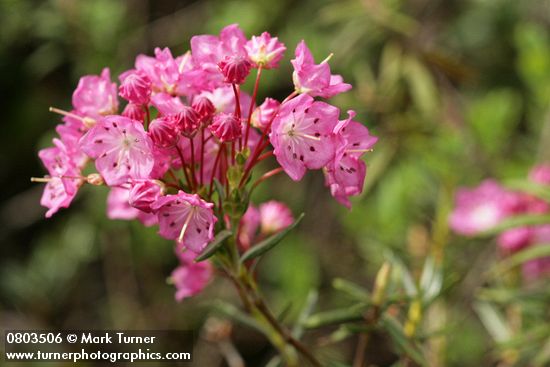
Then I stopped down just over a stop to f/8 and made another exposure. You can see that the background is not as soft in this one, but more of the blossoms are sharp. I used my camera’s depth of field preview before I shot, checking smaller apertures as well. By the time I got to f/11 the background was too busy and I didn’t waste time shooting that one. I still haven’t decided whether I like the softer background or the sharper flowers better. With Photoshop I could combine the two and I think it would still look natural, but that’s a fair amount of work. In any case it’s all about choices, and sometimes it’s easier to shoot several variations and make the discriminating decisions later.
Burns Bog is a unique and disappearing ecosystem in southern British Columbia. It’s being pushed in from all sides by farming, development, and highways. As I was working along the boardwalk through the Delta Nature Preserve, the only part of the bog currently open to the public, my ears were constantly assaulted by the sound of traffic on nearby highway 91 at the south end of the Alex Fraser bridge over the Fraser River. On my visit yesterday the shrub thicket of Labrador Tea and Bog Laurel was just beginning to bloom. I’ll go back in a week or so when there should be more blossoms. See more of yesterday’s photos at Pacific Northwest Wildflowers.


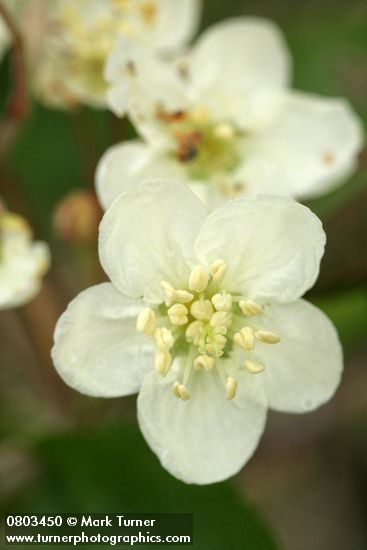 I also found lots of escaped cultivated apple trees blooming in the woods and near wet areas where the native crabapple grows. While some of the escaped apple trees are quite big, it’s easy to confuse them with the native. The flowers look a lot alike, especially when you find an apple with white instead of pink blossoms. You have to look close to see the difference: 3 pistals in the native crabapple and 5 pistals in the domestic apple blossoms.
I also found lots of escaped cultivated apple trees blooming in the woods and near wet areas where the native crabapple grows. While some of the escaped apple trees are quite big, it’s easy to confuse them with the native. The flowers look a lot alike, especially when you find an apple with white instead of pink blossoms. You have to look close to see the difference: 3 pistals in the native crabapple and 5 pistals in the domestic apple blossoms.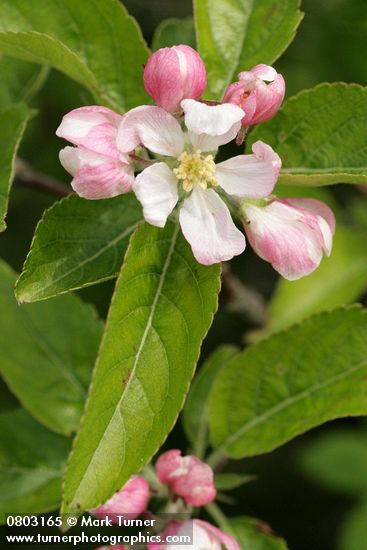
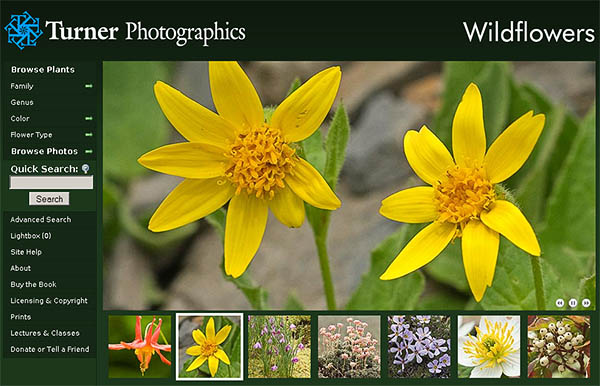
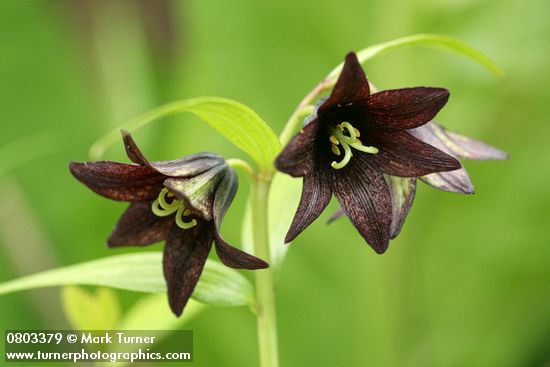
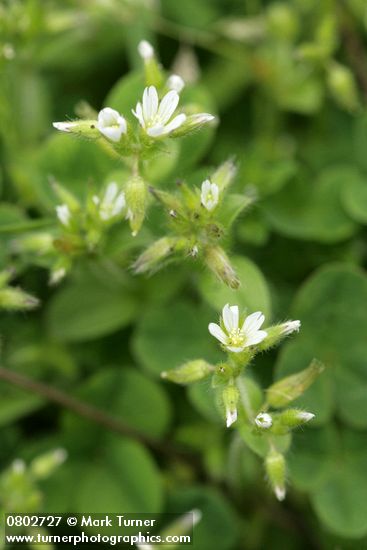

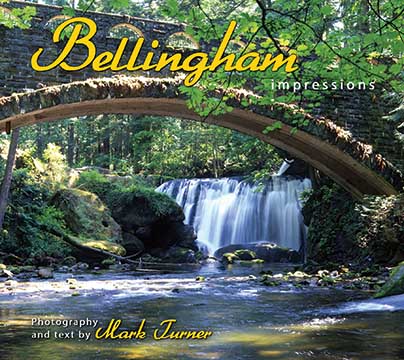
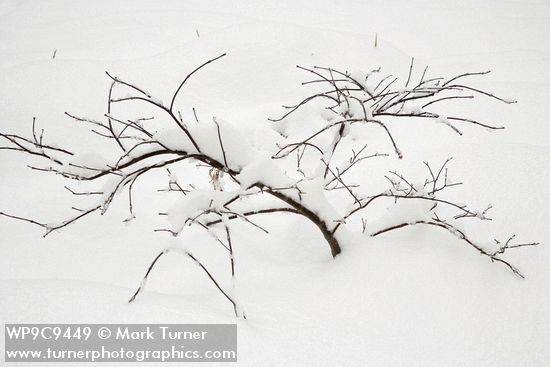

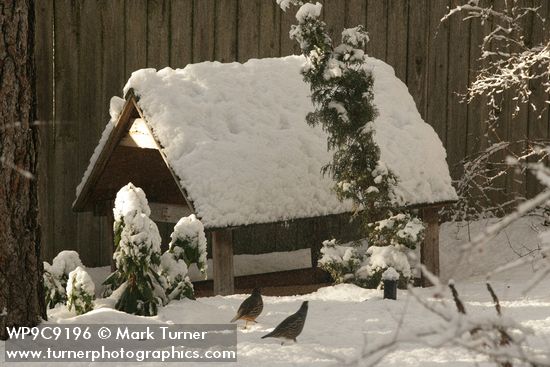 The second garden I visited today is a wildlife garden, and in the winter it is a haven for nuthatches, chickadees, pine siskins, house finches, flickers, mourning doves, and dozens of California quail. Bird feeders hang from many trees, and a large covered ground feeder gives a sheltered place to feed near thick shrubs which offer protection.
The second garden I visited today is a wildlife garden, and in the winter it is a haven for nuthatches, chickadees, pine siskins, house finches, flickers, mourning doves, and dozens of California quail. Bird feeders hang from many trees, and a large covered ground feeder gives a sheltered place to feed near thick shrubs which offer protection.